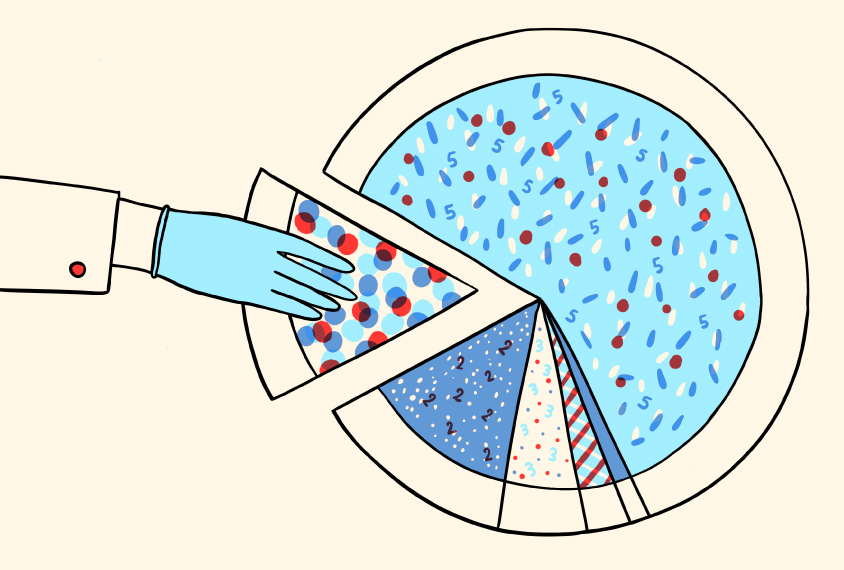Welcome back to By the Numbers, Spectrum’s data-centric take on autism research. Let us know what you think of the newsletter at [email protected], and thanks for reading.
Total funding for autism research in the United States nearly doubled between 2008 and 2018, according to data from the Interagency Autism Coordinating Committee, a federal advisory panel that helps coordinate autism research for the U.S. Department of Health and Human Services. Most funding — about 44 percent and growing — goes to biology research. A dwindling share is set aside for research on surveillance of and screening for autism.
In 2018, the most recent year for which data are available, funders doled out nearly $400 million in grants for about 1,500 research projects.
The dataset includes projects funded by both federal and private sponsors in the U.S. The country’s largest private funder of autism research is the Simons Foundation, Spectrum’s parent organization.
Among 16 West African countries, only 6 have been included in an autism research study, according to a new analysis that identified a total of 41 peer-reviewed studies on the condition from the entire region.
The majority of West African autism research papers are from Nigeria, a rapidly developing nation with more than 200 million people. Most studies focused on measuring the prevalence of autism in a specific country. To date, there are no genetic studies of autism in West Africa. One such study, NeuroDev, has recruited hundreds of autistic people from Kenya and South Africa, though.
The findings appeared in Research in Autism Spectrum Disorders in November.
Just one-quarter of autism intervention studies provide data on the race and ethnicity of participants, according to a new study.
The analysis, published in Autism in January, considered more than 1,000 autism intervention studies published from 1990 through 2017. It focused on educational or behavioral interventions given in schools and clinics to autistic participants aged up to 22 years old. Only 252 studies reported racial or ethnic data on participants.
Across the studies, about 64 percent of all participants were white, 8 percent were Black, 9 percent identified as Hispanic or Latino, and 6 percent identified as Asian. In the general U.S. population, by contrast, about 58 percent of people identify as white, 19 percent as Hispanic or Latino, 12 percent as Black and 6 percent as Asian.
A note:
Spectrum Index, the quick statistics that appeared at the end of previous editions of this newsletter, will be sent as a separate newsletter each month. If you’re already subscribed to By the Numbers, no further action is needed.





